ODOR FROM A/C AT START-UP PROCEDURE TO REPAIR DESCRIBED

MODELS/YEARS 1988-90 CUTLASS CALAIS, 1985-90 EIGHTY-EIGHT AND NINETY-EIGHT, 1986-90 TORONADO AND 1988 FIRENZA
This bulletin cancels and supersedes Dealer Technical Bulletins 89-T-19 and 89-T-19A which may be disregarded.
This bulletin has been revised to include 1990 Eighty-Eighty, Ninety-Eight and Toronado models and 1988 Firenza models, 1988-90 Cutlass Calais models.
For 1985-1990 Cutlass Ciera models use Dealer Technical Bulletin 88-T-42.
Some vehicles may experience odors emitted from the air conditioning system primarily at start up in hot, humid climates. This odor may be the result of debris in the heater/evaporator case and/or microbial growth on the evaporator core. To repair this condition, the following equipment and procedure should be used:
REQUIRED EQUIPMENT:
GM Goodwrench Air Conditioning System Disinfectant Kit, P/N 25533404 Kent-Moore tool J 36645 Air Conditioning System Cleaning Gun Rubber gloves Safety goggles (ordinary safety glasses are not sufficient) Pedestal fan Afterblow Module, P/N 25533406
Parts are currently available from GMSPO.
CAUTION:
This procedure should only be performed on a cold car. It has been demonstrated that irritating vapors will be formed in the engine compartment if the disinfectant coming out of the drain outlet contacts hot engine components.
Disinfectant can cause substantial, but temporary, eye injury. Do not get in eyes or on clothing. Wash thoroughly with soap and water after handling.
First Aid: If disinfectant gets into eyes, hold eyelids open and flush with a steady, gentle stream of water for 15 minutes. Obtain medical attention if irritation persists.
PROCEDURE:
1. Put on rubber gloves and safety goggles.
2. Pour the small bottle of Goodwrench Air Conditioning System Disinfectant Kit, P/N 25533404, into the large bottle. Seal and invert the large container once or twice to mix contents.
3. Raise vehicle and remove drain grommet on vehicles equipped with a sound barrier on the heater/evaporator module.
4. Lower vehicle.
5. Connect battery charger and charge during cleaning to avoid draining the battery.
6. Remove power module/resistor block as described in the appropriate service manual. Leaving wiring connectors attached to gain access to the evaporator core face closest to the blower motor.
CAUTION:
Power module/resistor block heat sink may be hot.
NOTICE: Do not allow the metal heat sink of the power module or the metal coils of the blower resistor to become grounded to any metal surface as this may result in internal circuitry damage.
7. Check heater/evaporator case for debris. Remove any debris present through the power module/resistor block opening. If debris is imbedded into the evaporator core face and cannot be removed, the core will have to be removed from the vehicle and cleaned off car. If a large amount of debris is present in the heater/evaporator case, the air inlet screen will require sealing around the windshield wiper post holes and fender edges as shown in Figure 1.
8. Move the air mix valve (door) to the maximum cold position and the blower to low speed by: On Eighty-Eight and Ninety-Eight models turning the ignition to the on position without starting the engine and setting the Electronic Climate Control to AUTO, 60 DEG F temperature and low blower. On Toronado models turning the ignition to the on position without starting the engine and selecting front defrost to disable the cold purge routine then setting the Climate Control panel to AUTO, 60 DEG F temperature and low blower.
On Firenza and Cutlass Calais models, move the temperature door control lever to the maximum cold position, blower on low and turn the ignition on.
9. Open all windows and doors. Exit vehicle.
10. Place drain pan with at least a two quart capacity below heater/evaporator drain hole to catch disinfectant and rinse water runoff.
11. Position pedestal fan as shown in Figure 2 and turn on high to provide cross ventilation during cleaning procedure.
12. Use Kent-Moore tool J 36645 or equivalent siphon-type parts cleaning spray gun capable of delivering two ounces per minute of liquid when driven with shop air at 80-90 psi. Insert the nozzle of the spray gun through the power module/resistor block opening and insert siphon hose into container of disinfectant. Take care to place the bottle of disinfectant in a secure, upright position to avoid spilling contents. Direct spray toward evaporator face, taking extra care to ensure adequate coverage of the corners and edges, completely saturating the entire core. Use the entire container of solution.
CAUTION:
Do not allow disinfectant to come into contact with hot engine components such as the exhaust manifold.
13. Reach into the vehicle and turn the ignition to the off position and allow the core to soak for five minutes.
14. Reach into the vehicle and start the engine.
15. Thoroughly rinse the evaporator core with one quart of clean water using the spray gun to remove any disinfectant residue.
16. Reach into the vehicle and turn the ignition to the off position and then reinstall power module/resistor block.
CAUTION:
Power module/resistor block heat sink may be hot.
17. Dispose of disinfectant and rinse water runoff collected in drain pan into a sanitary drain system.
18. Disconnect battery charger.
19. Remove close out panel(s), insulators, fuse block, trim plates, air conditioning control head and glove box as required to gain access to the circuits shown in the applicable wiring diagram. Refer to the appropriate service manual for component location and service procedures.
20. Splice clip and solder (see Section 8A, cell 5 of the appropriate service manual for splicing instructions) the various leads to the afterblow module wiring harness with the circuits shown in corresponding wiring diagram on the following pages. Disconnect the wiring harness from the afterblow module then connect the black/white ground lead first before completing the remaining splices. Since a majority of the circuits to be spliced are low current circuits, care should be taken to assure that the splices are completed and soldered correctly. (Refer to Figures 3, 4 and 5.)
NOTE: The afterblow module will turn on the blower motor at high speed for five minutes approximately 50 minutes after the vehicle ignition is turned off if the compressor was engaged for greater than four minutes during the last ignition cycle.
To test the afterblow module after installation:
1. Start vehicle.
2. Turn A/C system on to engage compressor.
3. Connect jumper wire to apply battery voltage to open position pin H (green wire) of afterblow module for at least 30 seconds with the compressor engaged.
4. Turn vehicle ignition off.
5. Blower should come on after approximately 10 seconds for one second then go off.
6. Disconnect jumper wire from pin H (green wire).
Add foam insulation as necessary to ensure rattle-free installation of the afterblow module under dash or in the front cohsole area.
NOTE: The afterblow module is not compatible with some non-factory installed theft alarm systems. The module current draw at key off could trigger alarms that sensor battery voltage changes or current drain.
WARRANTY INFORMATION:
Labor Operation Number: T6235 Labor Time:
Eighty-Eight, Ninety-Eight & Toronado 1.9 hrs. Firenza & Cutlass Calais 1.7 hrs.
NOTE: If it is necessary to clean debris from heater/evaporator case and seal the air inlet screen, please add 0.2 hr.
Trouble Code: 92
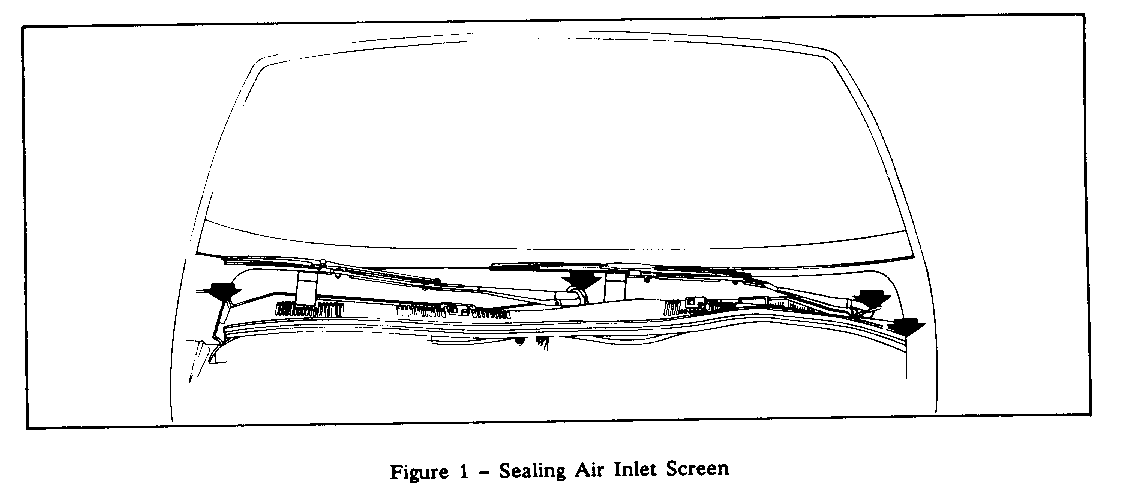
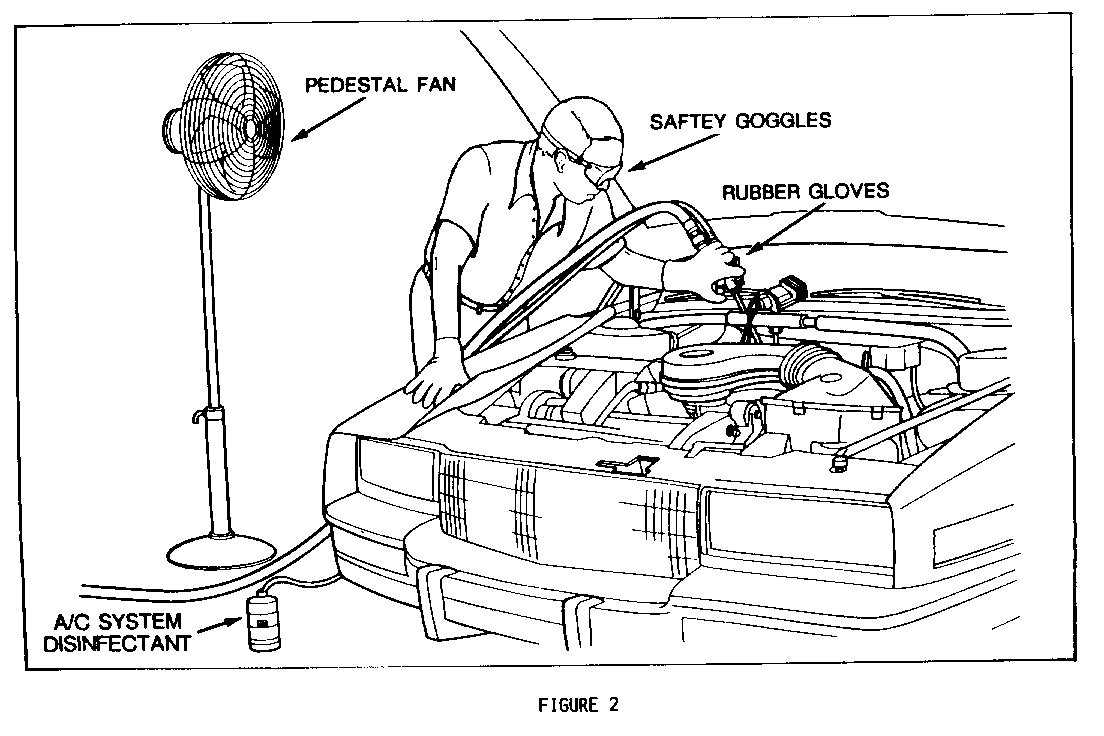
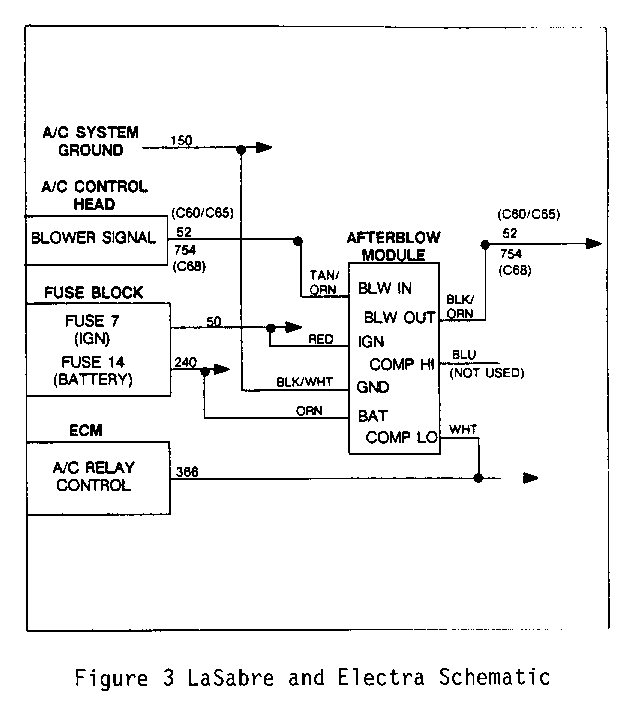
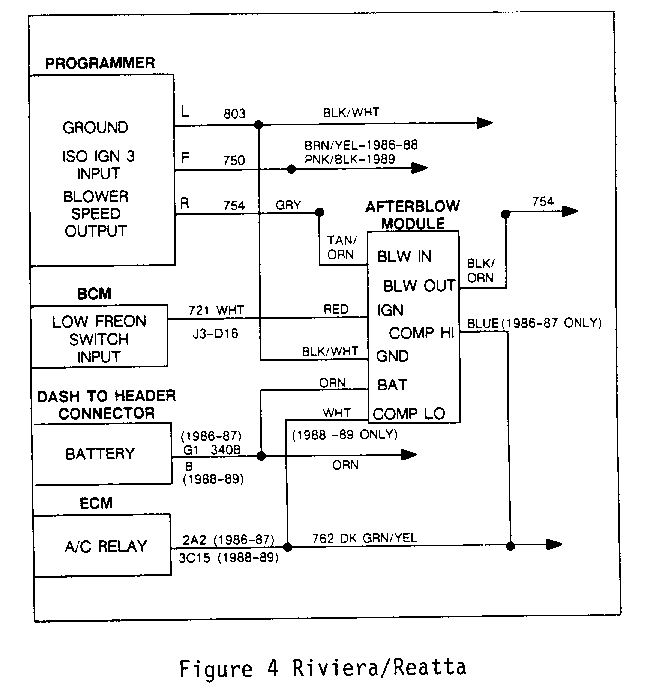
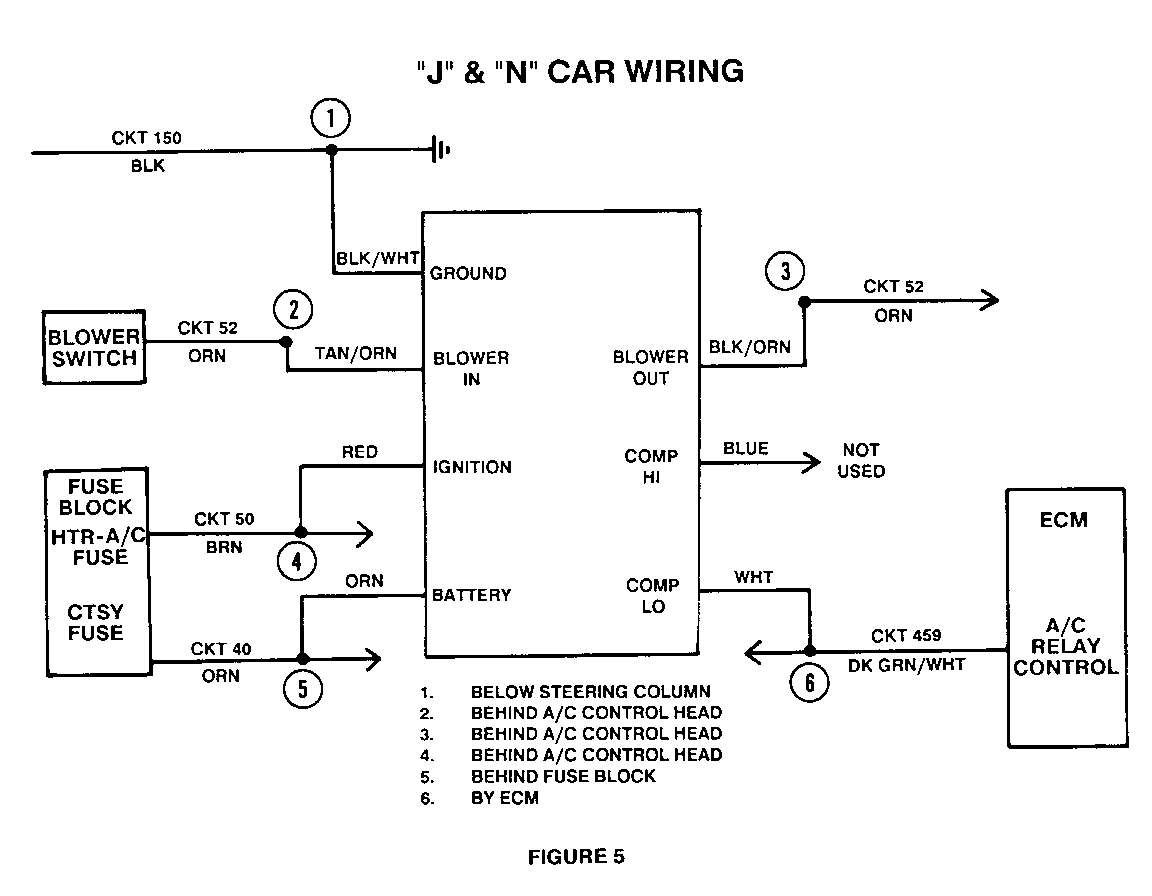
General Motors bulletins are intended for use by professional technicians, not a "do-it-yourselfer". They are written to inform those technicians of conditions that may occur on some vehicles, or to provide information that could assist in the proper service of a vehicle. Properly trained technicians have the equipment, tools, safety instructions and know-how to do a job properly and safely. If a condition is described, do not assume that the bulletin applies to your vehicle, or that your vehicle will have that condition. See a General Motors dealer servicing your brand of General Motors vehicle for information on whether your vehicle may benefit from the information.
